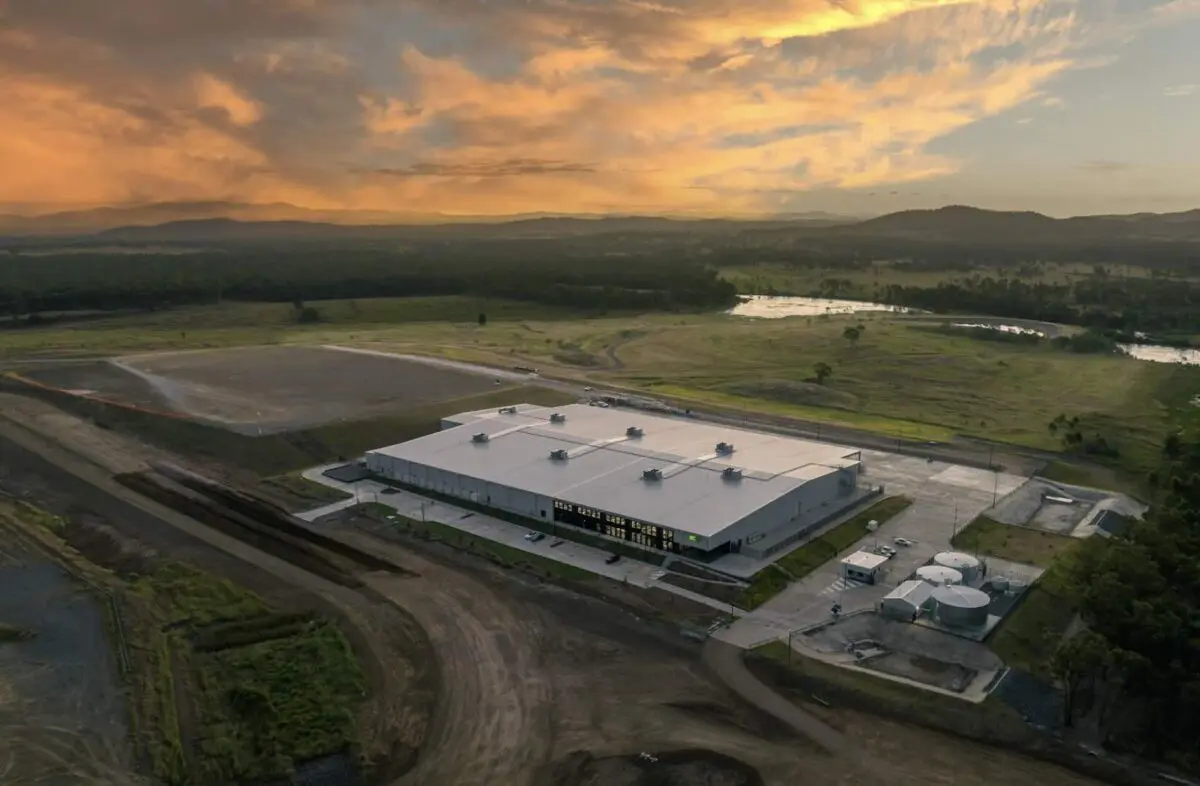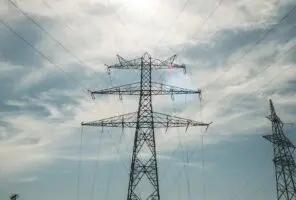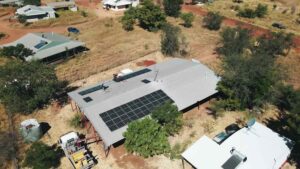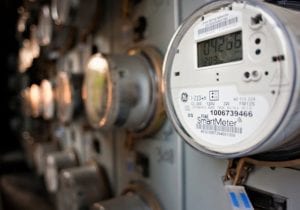Andrew Forrest’s iron ore and energy giant Fortescue Metals has officially opened its 2GW hydrogen electrolyser factory in Gladstone, Queensland, using in-house technology that it says heralds a massive new manufacturing industry for Australia.
Fortescue says the factory, located in the heart of Queensland coal and LNG export country, is a game-changer because it will be the first in the world to house an automated assembly line and could lead to thousands of new green energy jobs.
The company will produce Proton Exchange Membrane (PEM) electrolyser stacks that have been developed in-house by Fortescue teams in Australia and the US. Fortescue has also received approval to build a 50 MW green hydrogen production facility at the site.
There is no immediate word on the technology’s costs, an important consideration given the problems that have befallen other electrolyser makers, including one time parter Plug Power, whose share price has tumbled in recent months.
Forrest retains highly ambitious plans to be a world leader in the production of green hydrogen, although it is no longer clear if he still holds to his goal of producing 15 million tonnes of green hydrogen a year by 2030.
But, he said in a statement, he said was proud to be a “first mover” in the manufacture of electrolysers, and is grateful for the support of the state and federal governments.
“Together we have laid the cornerstone for what will be a massive new manufacturing industry in Australia creating the potential for thousands of new green energy jobs,” Forrest said.
Mark Hutchinson, the CEO of Fortescue Energy who is overseeing the investments in manufacturing, green energy, and hydrogen supply deals, says the opening of the huge facility establishes the company as one of the world’s leading Original Equipment Manufacturer (OEM).
“The process of splitting hydrogen and oxygen isn’t new – but the innovative ways the world is looking to use green hydrogen to decarbonise are, and that means demand for green hydrogen and for the electrolysers to produce it is growing rapidly,” Hutchinson said in a statement.
“This facility positions Fortescue and Gladstone as a large-scale producer of what will be an increasingly sought-after commodity in the global shift to green energy.
“We’re strategically focussed on building out our Energy business. Not only are we developing a pipeline of green energy projects, we’re also now designing and manufacturing the specialised equipment and technology that will underpin our green hydrogen projects and that of others.”
Still, the shift to producing green hydrogen is not proving easy. Fortescue has delayed, for the third time, a decision on whether to go ahead with a 550 MW electrolyser facility at Gibson Island, near Brisbane, to supply green ammonia.
Those delays have left a proposed 750 MW solar plant being developed by Genex Power, which is hoping to have Fortescue as an anchor customer, in limbo and in search of other partners.
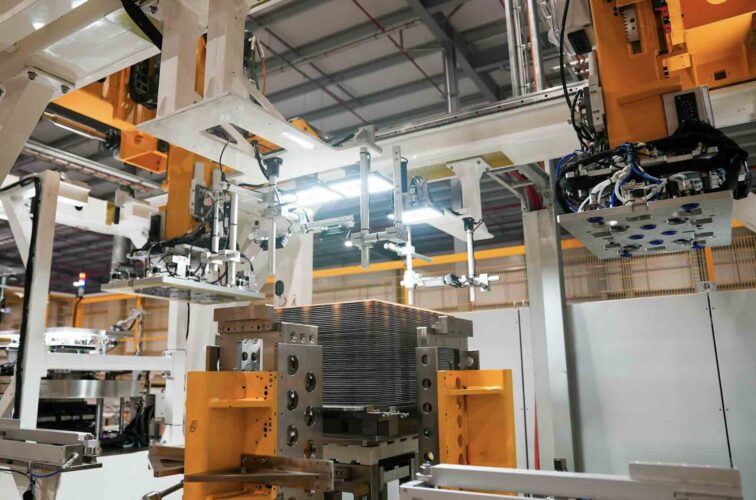
The Queensland government provided an electrical sub-station, a road network, communications and local scheme water connection, as well as land for the project. The state government was due to hold a cabinet meeting at the site on Monday.
“Queensland is now leading the nation on investment in renewable energy, and we are now seeing that translate into good manufacturing jobs in our regions,” premier Steven Miles said in a statement.
The federal government also contributed AU$44m from the Collaboration Stream of the Modern Manufacturing Initiative.
Industry minister Ed Husic, who was also due to attend the opening, said the manufacturing facility was proof that Australia “can cut emissions and increase jobs at the same time”, and that regional areas can play an important role in the transition.
“We are investing in its ability to do just that,” he said. “This Hydrogen Gigafactory shows what can be achieved when government and industry work together for the long-term good of the country.”
Fortescue’s Hutchinson said electrolyser technology – which splits hydrogen and oxygen by passing an electrical current through water – is moving quickly, and the Gladstone facility will drive more innovation.
“We will continue to research, manufacture, source and invest in new electrolyser technologies across the world to give us the best possible competitive position,” he said.
More than 100 jobs were created during the construction process, with the facility and wider Centre to ultimately underpin over 300 direct and indirect jobs.

